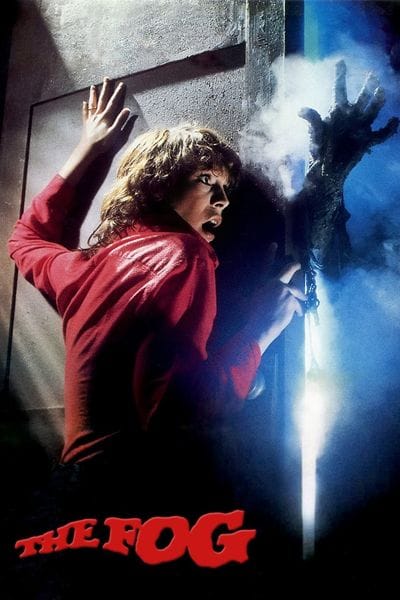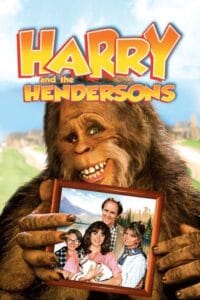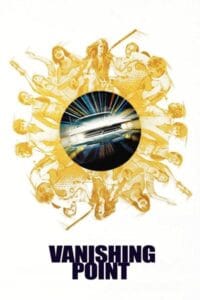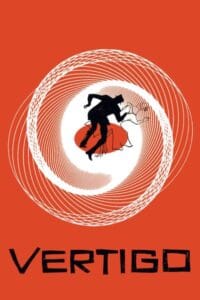Have you ever wondered how a film can transport you to a different world? The magic of cinema lies in its ability to create immersive experiences that resonate with viewers long after the credits roll. What if I told you that the eerie and captivating atmosphere of John Carpenter’s classic horror film, The Fog, was brought to life through the picturesque and often haunting settings of the Pacific Northwest? This stunning region, known for its lush forests, dramatic coastlines, and mysterious weather, serves as the perfect backdrop for the film’s chilling narrative.
In this article, we will delve into the various locations where The Fog was filmed, taking a closer look at the captivating frames that shaped this haunting tale. From the iconic seaside town to the fog-laden streets that evoke a sense of foreboding, each location plays a crucial role in enhancing the film’s eerie vibe. Whether you’re an avid movie buff who appreciates the artistry of filmmaking, a fan of stunning landscapes that evoke emotions, or simply curious about the behind-the-scenes process of crafting such a captivating story, this deep dive into the city locations, types, and styles used in The Fog will surely entice you. Join us as we explore the intersection of film and landscape, revealing how these elements come together to create an unforgettable cinematic experience.
City Locations
The captivating settings of The Fog were primarily filmed in various locations, each contributing to the film’s haunting ambiance. Notable among these are Cowichan Bay, Bowen Island, Tofino, Vancouver, and Point Reyes. Each area offered a unique backdrop that perfectly complemented the film’s narrative, blending horror with the natural beauty of the landscape.
- Cowichan Bay: Nestled on Vancouver Island, Cowichan Bay boasts a charming maritime village vibe. The picturesque docks and waterfront views captured in the film add a sense of realism that draws viewers into the story.
- Bowen Island: This tranquil island setting provided serene backdrops amid the film’s supernatural occurrences. The mixture of lush greenery and rocky shorelines enhances the tension and mystique, making it an ideal location.
- Tofino: Known for its rugged coastlines and breathtaking beaches, Tofino adds an element of isolation to the story, perfectly accentuating the feelings of fear and helplessness experienced by the characters.
- Vancouver: As a major filming hub, Vancouver brings a blend of urban and natural settings to the film. While it captures the essence of a coastal city, it also merges fantastical elements with reality, enhancing the film’s eerie atmosphere.
- Point Reyes: The dramatic cliffs and sweeping ocean views at Point Reyes lend a sense of grandeur to the creeping dread in the film. The location’s natural beauty juxtaposed with horror elements makes it an impactful choice for pivotal scenes.
Location Types
The diverse range of location types featured in The Fog contributes significantly to its storytelling. From beach and ocean views to colonial architecture and miscellaneous settings, each location adds depth to the film’s narrative.
- Beach/Oceanview: The visceral fear of the approaching fog is amplified by the haunting beaches and ocean views portrayed throughout the film. The endless horizon hints at an impending doom, unravelling the thin line between safety and danger.
- Colonial: Buildings reminiscent of colonial architecture invoke a sense of history, echoing the ghosts and legends that haunt the narrative. The aged structures serve as reminders of the past and how it continues to influence the present, enriching the storyline.
- Miscellaneous: Various miscellaneous locations contribute an air of unpredictability to the plot. These settings often serve as pivotal points in the narrative, allowing tension to build and characters to confront their fears.
- Ship Docks: The haunting atmosphere at the ship docks adds to the film’s unsettling tone. These locations not only signify a place of commerce but also become settings for fear, conflict, and revelation as the fog rolls in.
Location Styles
The variety of location styles showcased in The Fog evokes a sense of ambiance that captivates audiences throughout the film. The blend of beachhouses, beachfront properties, boat styles, shipping yards, and lighthouses creates a compelling visual narrative as the story unfolds.
- Beach House: The idyllic beach houses featured in the film contribute an inviting warmth to the story, contrasting sharply with the horror that ensues. The juxtaposition heightens the emotional stakes, drawing viewers deeper into the characters’ plight.
- Beachfront: The enticing beachfront properties serve as both a beautiful escape and a chilling reminder of the danger lurking just beyond the horizon. Each wave that crashes against the shore accentuates the impending threat of the fog.
- Boat Style: The incorporation of boats throughout various scenes adds another layer of complexity. Boats symbolize freedom and adventure, yet in The Fog, they quickly become vessels for fear and treachery.
- Shipping Yard/Docks: The shipping yards and docks are infused with the sounds of creaking wood and lapping water, producing an atmosphere rife with tension. These locations serve as meeting points for both characters and the approaching supernatural elements.
- Lighthouse: The iconic lighthouse represents guidance and safety against the backdrop of uncertainty. Yet, in the context of The Fog, it transforms into a symbol of entrapment, as characters seek refuge from the danger that envelops them.
About The Fog
Released in 1980, The Fog stands as a testament to John Carpenter’s mastery in weaving tension and atmosphere throughout a film. Blending elements of supernatural horror with rich storytelling, the film explores the themes of guilt, revenge, and the relentless pursuit of past transgressions. The fog itself becomes a character, creeping into the lives of the townsfolk and revealing the dark secrets hidden beneath the surface of their seemingly peaceful existence.
As the narrative unfolds, the viewer is led through the fog-laden nights, each scene meticulously crafted to evoke a sense of foreboding. The carefully chosen locations accentuate the film’s mood, creating a world where the threat is always near and the line between safety and danger is blurred. This enduring classic continues to inspire audiences through its storytelling and visual craftsmanship, making it a defining work in the horror genre.
The Fog Locations
Throughout The Fog, various locations emerge as pivotal points guiding the characters through their harrowing journey. Each site has been chosen not only for its aesthetic appeal but also for its ability to transmit the emotional weight of the story.
The intertwining of geographical features with the character arcs creates a compelling narrative structure. As viewers travel alongside the protagonists, they experience both the beauty and terror of each setting. The film’s locations become integral parts of the story, serving as backdrops for dramatic moments that leave lasting impressions.
Elizabeth learns the truth scene in The Fog
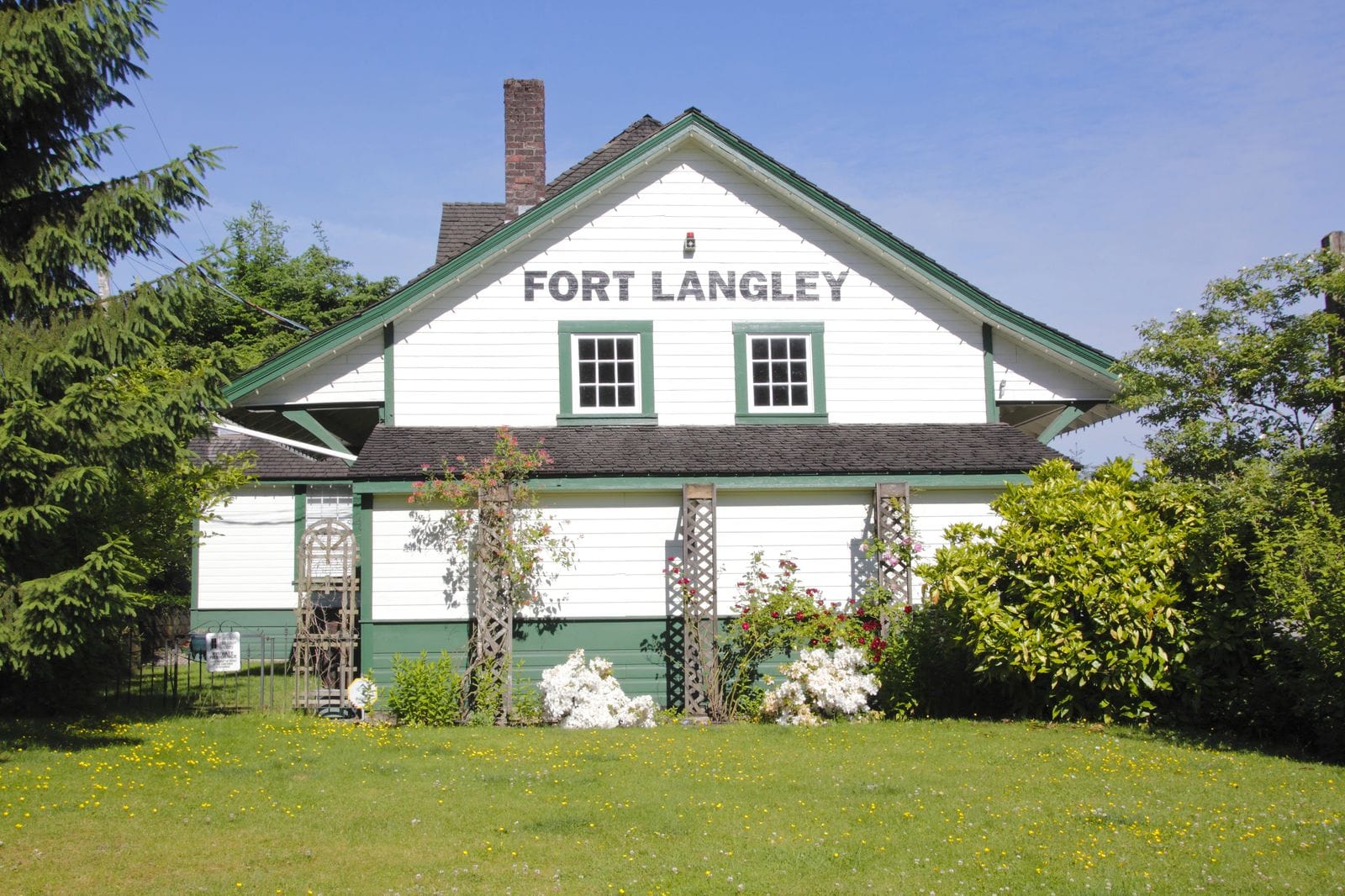
One of the most pivotal moments in The Fog occurs when Elizabeth learns the truth about the vengeful spirits haunting the town. Shot at dusk, the muted colours of the setting sun sneak away behind the fog, amplifying the suspense. The audience feels her disorientation as she begins to piece together the dark history surrounding the fog. The combination of sound, lighting, and location creates a palpable tension, propelling her character deeper into the mystery.
Elizabeth’s emotion is mirrored by the shadowy landscapes that loom around her, heightening the scene’s impact. The carefully crafted atmosphere reflects her internal struggle as she confronts the chilling reality of her town’s past. This moment sets the stage for the unraveling of secrets that will soon unfold, establishing a profound connection between the character and her environment.
The mysterious fog scene in The Fog
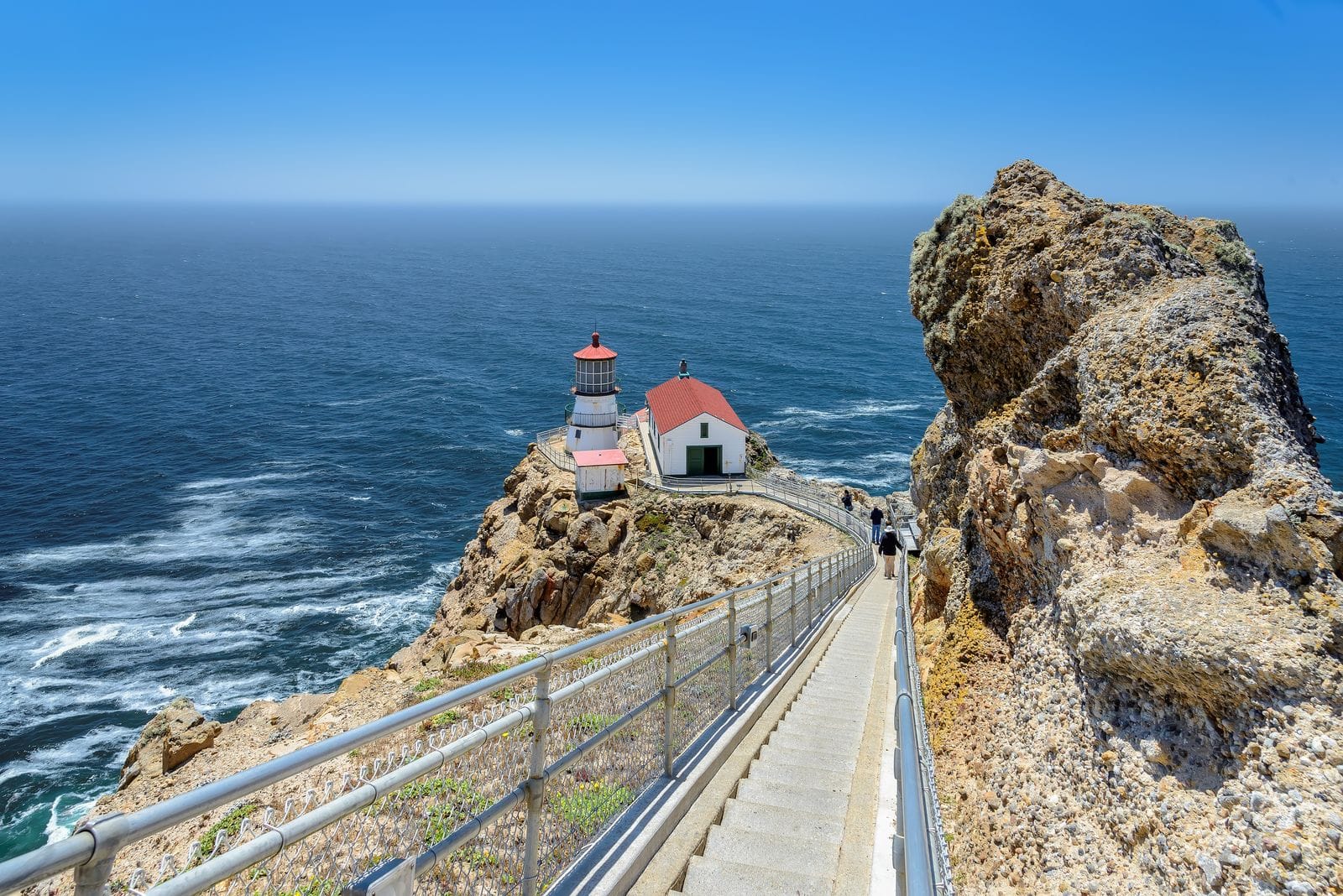
The scene where the fog first appears is arguably one of the most iconic moments in the film. As a thick, ominous mist rolls in, enveloping the coastal town, the audience is thrust into an experience of impending dread. The ebb and flow of the fog are skillfully depicted through creative cinematography that captures not just the visuals but also the fear it instills in the characters.
The fog, along with its accompanying sound effects, becomes a character unto itself – an all-consuming force that changes the dynamics of the film. The location chosen for this pivotal scene sets the stage for what is to come, foreshadowing the lurking danger and setting the tone for the rest of the story.
He’s alive scene in The Fog
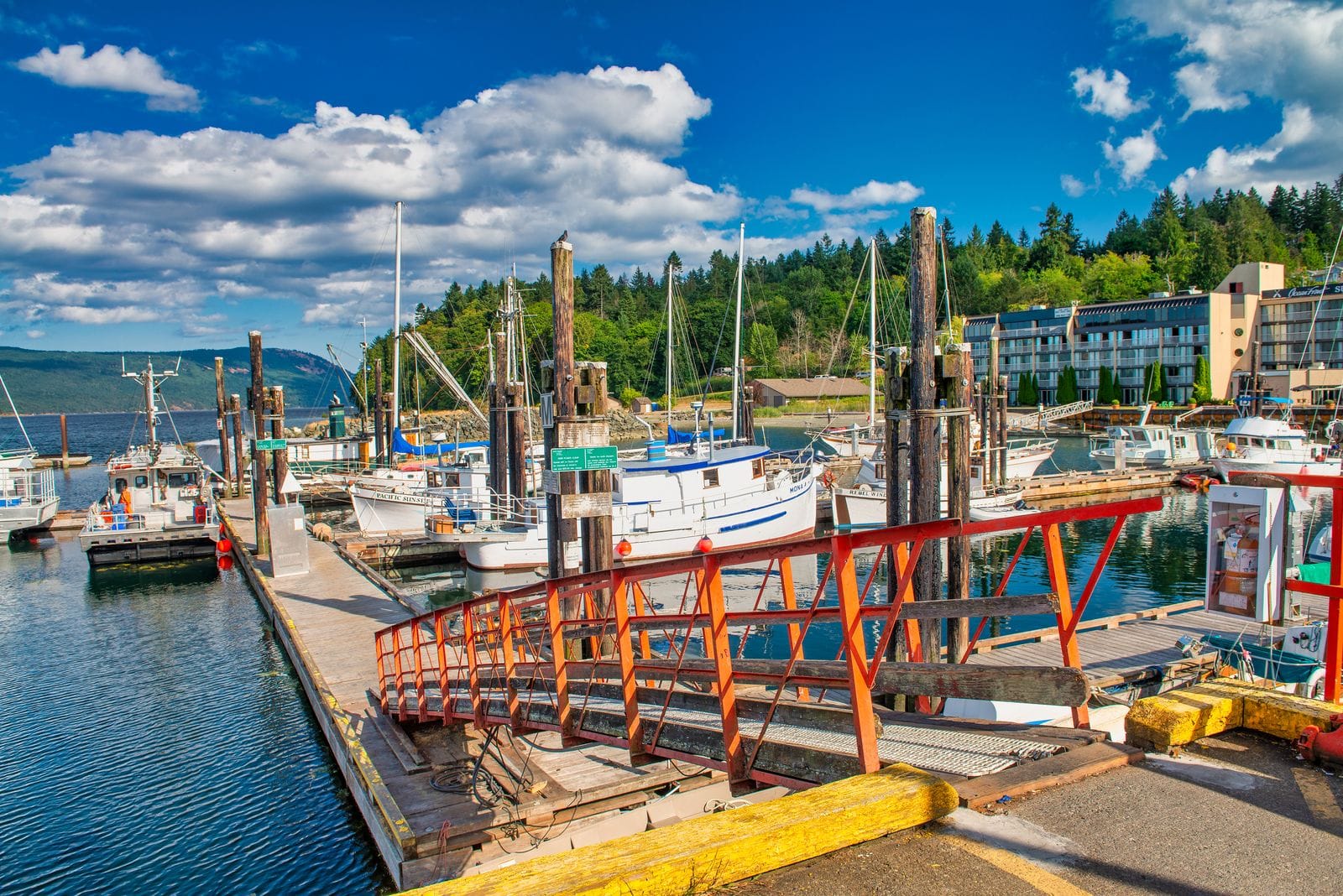
The lighthouse scene in which Father Malone discovers the diary of his grandfather, detailing the town’s dark past, is a masterclass in using location to enhance storytelling. As he uncovers the truth about how the spirits of lepers were wronged and left to die at sea by their ancestors, the lighthouse serves as a beacon of revelation.
The combination of light and shadow adds depth to this pivotal moment, amplifying its impact on both Father Malone and viewers alike. The emotional weight of this scene is heightened by its location within the lighthouse – a symbol of guidance and protection that has become tainted by generations of wrongdoing. This powerful realization sets in motion events that ultimately lead to the film’s terrifying climax.
Malone gets what’s coming to him scene in The Fog
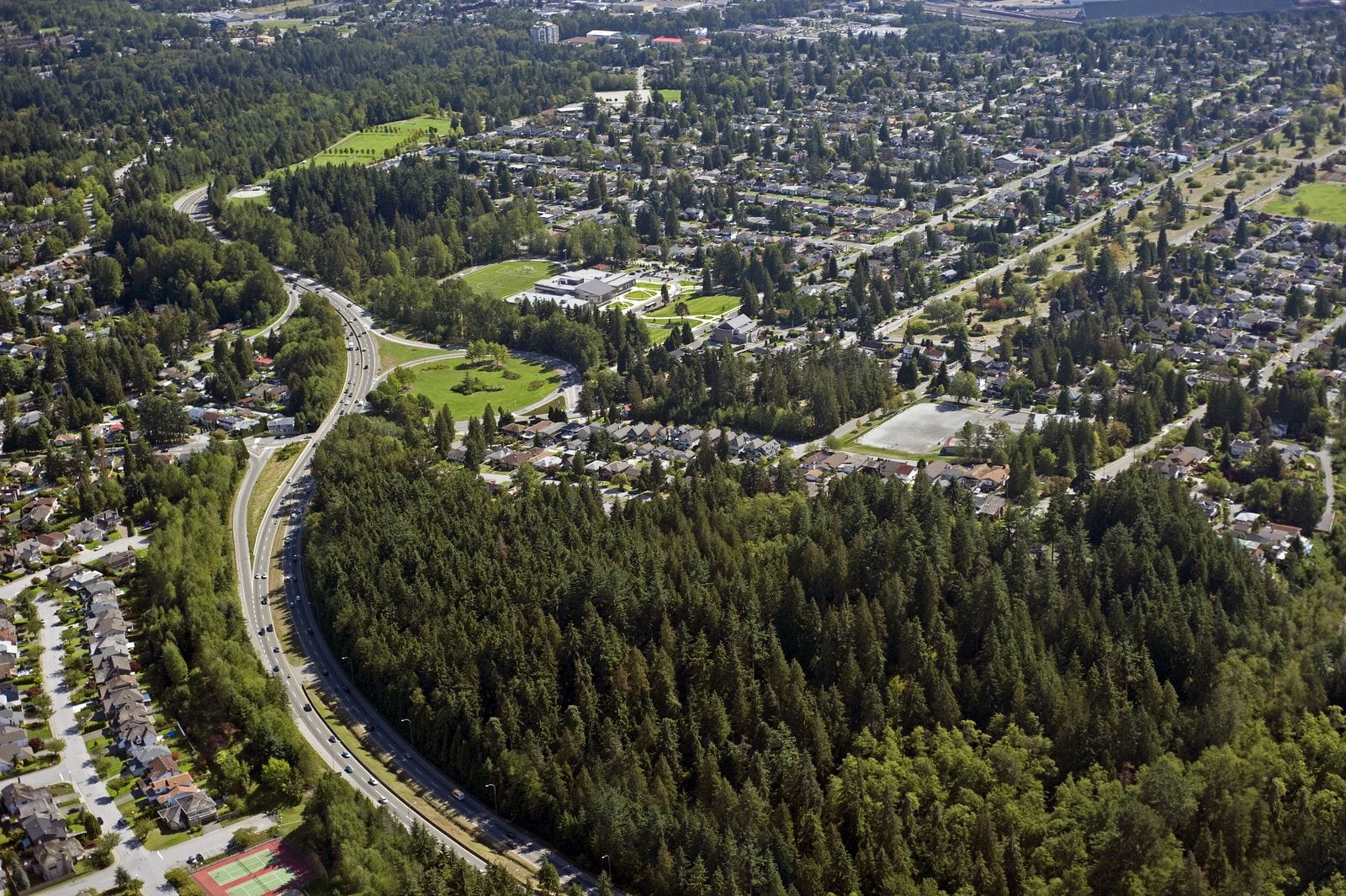
The final showdown between Father Malone and the vengeful spirits takes place at the church, a location charged with religious symbolism. As the fog engulfs the building and the ghosts of lepers descend upon Father Malone, the audience is taken on a dramatic journey through dark corridors and into hidden chambers.
The use of location in this scene adds to its intensity, creating a sense of entrapment as Father Malone confronts his guilt and faces retribution for his ancestors’ actions. The haunting atmosphere created by the fog and the claustrophobic setting amplifies this climactic moment, leaving viewers on edge until its chilling conclusion.
The kissing scene in The Fog
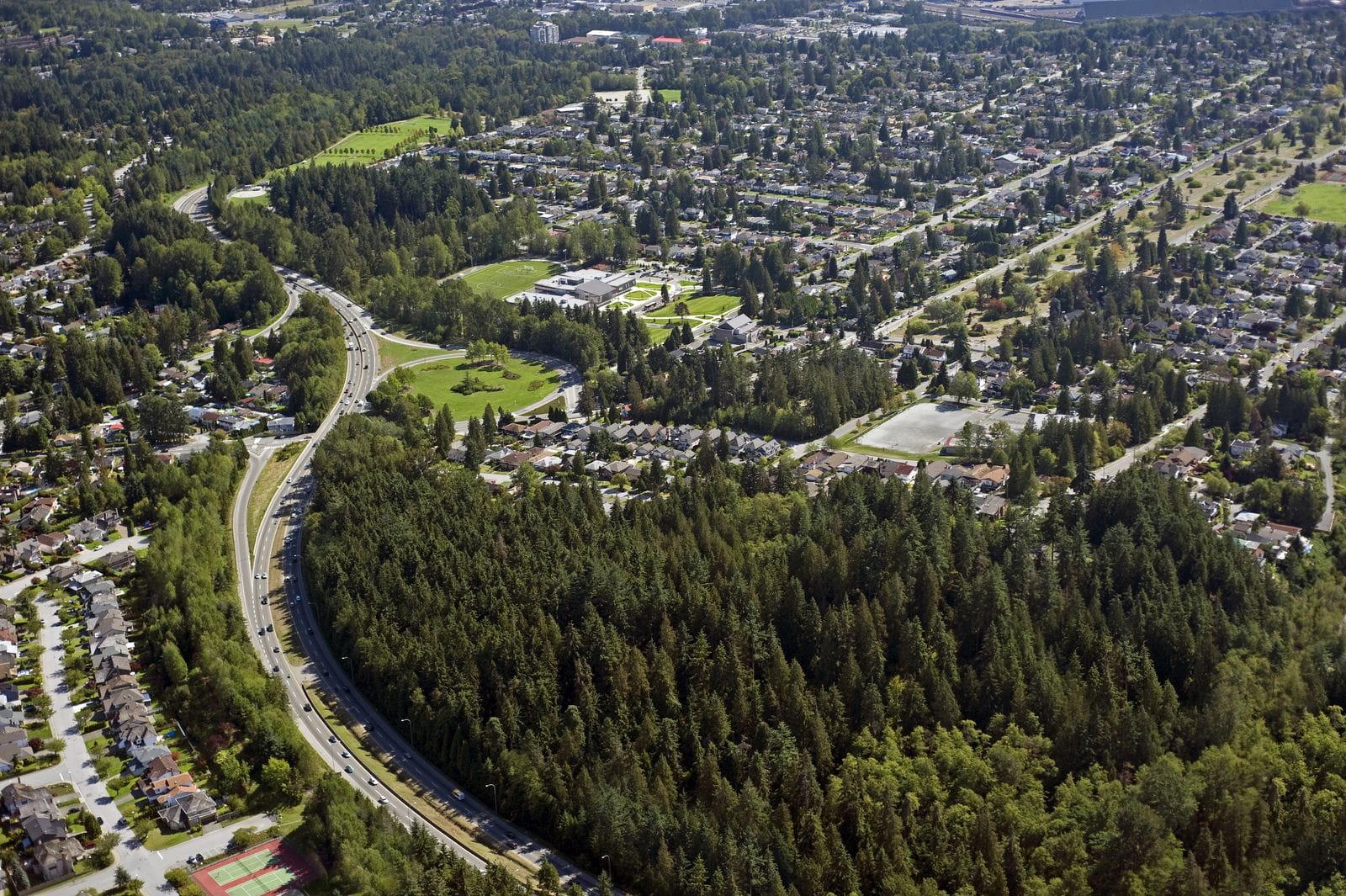
As Elizabeth and Nick share a tender moment amidst the chaos of the fog, their embrace serves as a brief respite from the tension that permeates the rest of the film. In this scene, location is used to create a sense of intimacy and vulnerability between the two characters.
Away from the dangers lurking in the fog, they find solace in each other’s arms within an abandoned house – a symbol of isolation yet also a place where they can let their guard down. This poignant moment adds depth to their relationship and reminds viewers that even in times of terror, love can prevail.
In Closing
The Fog masterfully blends elements of horror, suspense, and drama to create a gripping narrative that stands the test of time. Its use of atmospheric locations adds depth to both its storytelling and emotional impact. As viewers are taken on a journey through these settings, they are immersed in a world where fear lurks around every corner and beauty can quickly transform into terror. This timeless classic continues to captivate audiences, proving that the power of location in film is irreplaceable. The fog may have lifted from Antonio Bay, but its impact on viewers remains long after the credits have rolled. So, if you haven’t seen it yet, grab some popcorn and experience the chills for yourself as The Fog takes you on a haunting journey through its unforgettable locations. With its enduring appeal and universal themes, this film will continue to be a must-watch for horror fans for years to come.

